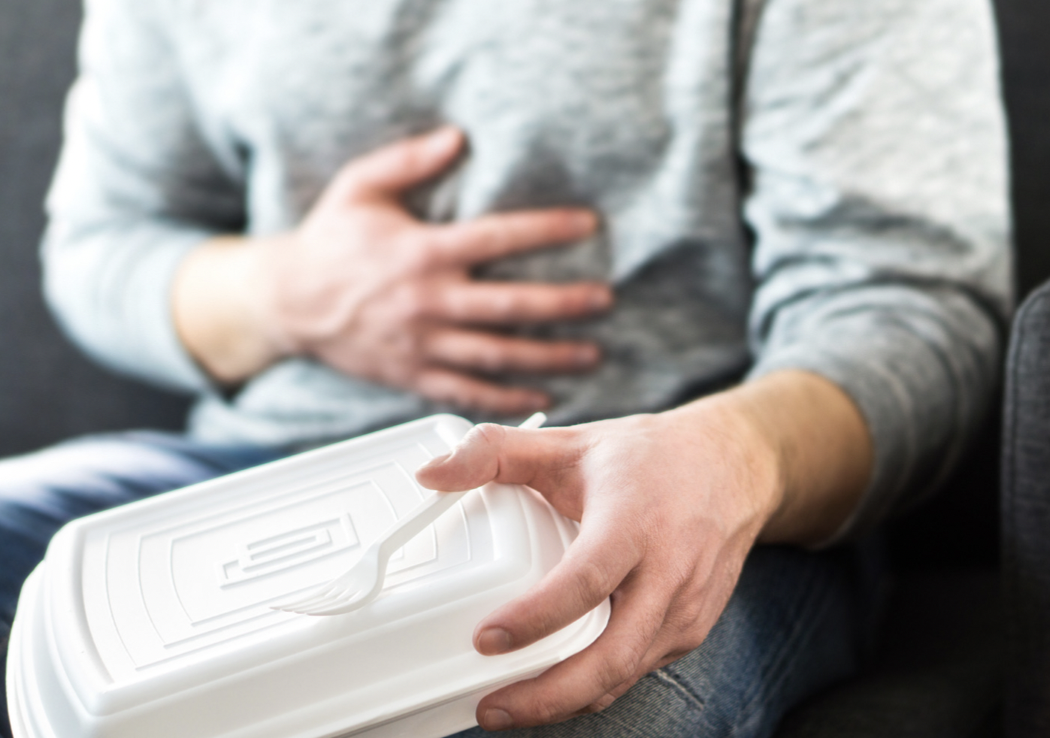Definition
Dysentery is an inflammation of the intestines that leads to bloody stool or diarrhea. In some cases, mucus is present along with bloody diarrhea. Bacterial or parasitic infections can cause this condition. There are approximately 165 million cases of dysentery worldwide each year. Dysentery is a condition that warrants attention, as it leads to 700,000 deaths annually.
Causes
Dysentery can result from bacterial or parasitic infection. The bacteria that can cause dysentery include:
- Shigella. The most common cause of dysentery is the specific form known as shigellosis.
- Campylobacter
- Salmonella
- Enterohemorrhagic Escherichia coli (EHEC)
Meanwhile, the parasite that can cause dysentery is a single-celled organism, such as Entamoeba histolytica, responsible for amebiasis. Amebiasis-related dysentery is more frequently found in tropical regions than in developed nations.
Risk Factor
Disentries generally occur in people who:
- Living in an environment with a low level of cleanliness
- Young people. Although the Disentri can attack all ages, shigellosis is most often found in children aged 6 months to 5 years
- Close contact with people infected with dysentery. This happens because the distribution can be transmitted through food or drinking water prepared by people who have this condition
- Touching contaminated objects
- Swimming in contaminated water
Symptoms
Dysentery is characterized by a unique symptom: sudden or acute onset of bloody diarrhea. There may be other symptoms present in addition to this one, such as:
- Abdominal pain or cramps
- The desire to defecate continuously
- Fever
- Nausea and vomiting
- Dehydration if the water loss is not compensated.
A bacterial infection-related dysentery can go away within 2 to 7 days. However, severe infections that threaten life can occur in some populations. These populations include:
- Children
- Prisoners
- International tourists
- Homosexual men
- People with HIV/AIDS
- People who live in crowded areas
Meanwhile, amebiasis dysentery, or dysentery caused by a parasitic infection, doesn’t show symptoms until 2-4 weeks after infection. The symptoms are similar to bacterial dysentery, but parasitic dysentery can cause the accumulation of pus in the liver, resulting in a liver abscess.
Diagnosis
Dysentery is diagnosed based on the symptoms that appear. Additionally, the physician may inquire about the patient's history of:
- Food consumption
- Travel
- Work
- Hobbies or habits
- Pets
- Living space
Afterwards, the physician will check the patient’s vital signs, such as temperature. They will then conduct a physical examination, particularly in the abdominal area, to assess for pain in the lower abdominal region, increased peristalsis, and signs of dehydration. Additional tests may be suggested by the doctor, which can include:
- Fecal examination
This examination is conducted to determine the cause of dysentery. The fecal sample is examined under the microscope to identify bacteria or parasites that can cause dysentery. The fecal sample can also assess the number of white blood cells in the feces and culture bacteria or parasites.
- Blood examination
Doctors usually conduct a complete blood count to check for increased white blood cells and hematocrit. They also assess blood electrolyte levels, specifically checking the sodium level. A urea test may be conducted if there is a suspicion of complications. This test helps to determine the presence of infection and dehydration.
- Colon biopsy
A colon biopsy is conducted if there is suspicion of shigellosis or inflammation of the colon not caused by infection.
Management
Dysentery is considered an emergency case. Typically, healthcare workers ensure that the patient is stable due to the risk of dehydration. If signs of dehydration are observed, doctors will initiate rehydration efforts. The efforts are:
- Intravenous Therapy. Opening an intravenous (IV) line is done to administer fluid intravenously, ensuring adequate fluid intake. If the patient can still eat and drink normally, oral fluid intake over-reliance on the IV line is preferred. For patients who are still breastfeeding, breastfeeding can continue as usual.
- Fluids, such as oral rehydration solution (ORS), are administered based on the severity of dehydration and the patient's body weight. Typically, ORS is given for 3-6 hours, depending on the patient’s age and the severity of dehydration. As long as fluids are administered, patients can continue to eat as usual.
- Zinc administration can be done with dosages tailored to the age of the children.
In addition to rehydration efforts, medication is often prescribed to alleviate the accompanying symptoms of dysentery, such as fever and pain. Although bowel motility is increased in dysentery, giving patients nausea medication is not recommended.
If the cause of dysentery is known, antibiotics or anti-parasitic medications can be prescribed. The duration of treatment typically spans 5-10 days, depending on the identified cause of dysentery. Re-examination may be conducted a few days after the medication is administered. This medication can be given either orally or intravenously. If symptoms persist despite the medication, a bacterial re-examination may be necessary due to suspicion of antibiotic resistance. In other words, the medication may be ineffective because the bacteria can resist the antibiotic.
While treating dysentery, the patient should avoid condensed drinks, milk, and other dairy products, such as cheese and yogurts until fully cured.
Complications
The complications of dysentery include:
- Circulation Disorder. Circulation disorders may occur due to the destruction of red blood cells, low platelet count, and severe bleeding in the gastrointestinal tract. These factors can lead to a failure to supply blood to body organs, resulting in shock.
- Hemolytic Uremic Syndrome: This condition can occur due to circulation disorders and increased uremic levels in the blood.
- Electrolyte Level Disorder: A low sodium count is dangerous as it can lead to seizures. It's important to note that while seizures can also occur in children with fever, these febrile seizures typically involve the entire body or stiffness. Febrile seizures are usually not considered dangerous for the future.
- Reactive Arthritis: This condition involves joint inflammation triggered by the immune system in response to an infection.
- Rectal Prolapse: This condition occurs when a part of the colon protrudes from the anus.
- Toxic Megacolon: This condition involves colon enlargement due to severe inflammation, which may lead to intestinal blockage.
- Death: Death may happen to children with malnutrition and can occur because of acute renal failure.
Prevention
You can stop dysentery by:
- Maintaining cleanliness in the living area and personal hygiene, including washing hands with flowing water and soap, especially before eating and after changing baby diapers.
- Avoiding drinking water from swimming sources.
- Ensuring the hygiene of consumed food by refraining from drinking ice cube water, avoiding improperly sealed bottled water, avoiding consumption of unclean food, and refraining from eating peeled fruit unless it has been peeled by yourself.
- Exercising caution when consuming milk products in unclean areas."
Suppose there are people around you who have dysentery. In that case, it is recommended to prevent transmission by washing hands regularly and avoiding sharing towels, eating utensils, or other personal items with the affected individual.
When to see a doctor?
If you or your children experience bloody diarrhea or other severe symptoms, it is crucial to seek medical attention promptly. Emergency signs may include dehydration symptoms such as:
- Sunken eyes
- Crankiness or appearing sleepy
- Reduced tear production
- Inability to urinate for an extended period
Dysentery can be effectively treated until it is fully cured. However, the symptoms can be severe and may lead to death if not treated promptly with proper attention and care.
Looking for more information about other diseases? Click here!
- dr Ayu Munawaroh, MKK
Akhondi, H., & Simonsen, K. (2021). Bacterial Diarrhea. Retrieved 11 January 2022, from https://www.ncbi.nlm.nih.gov/books/NBK551643/
Ashraf, H. (2021). Shigellosis: Practice Essentials, Background, Pathophysiology. Retrieved 11 January 2022, from https://emedicine.medscape.com/article/182767-overview
Bhargava, H. (2020). What Is Dysentery?. Retrieved 11 January 2022, from https://www.webmd.com/digestive-disorders/what-is-dysentery
(*) Falck, S. (2018). Dysentery: Symptoms, Treatment, and More. Retrieved 11 January 2022, from https://www.healthline.com/health/digestive-health/dysentery#prevention












